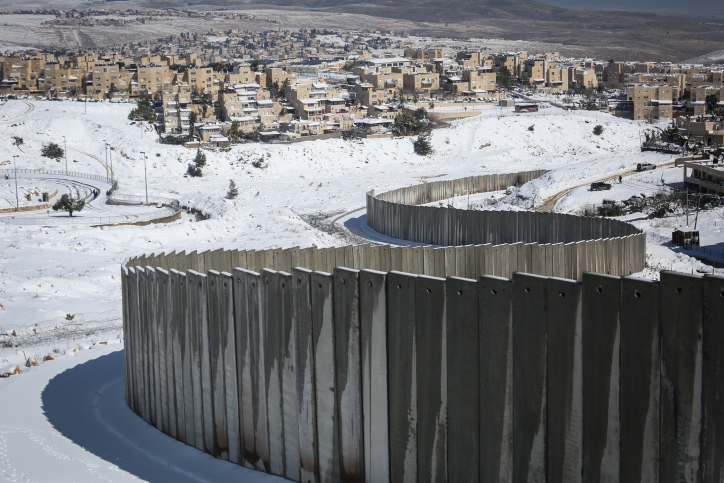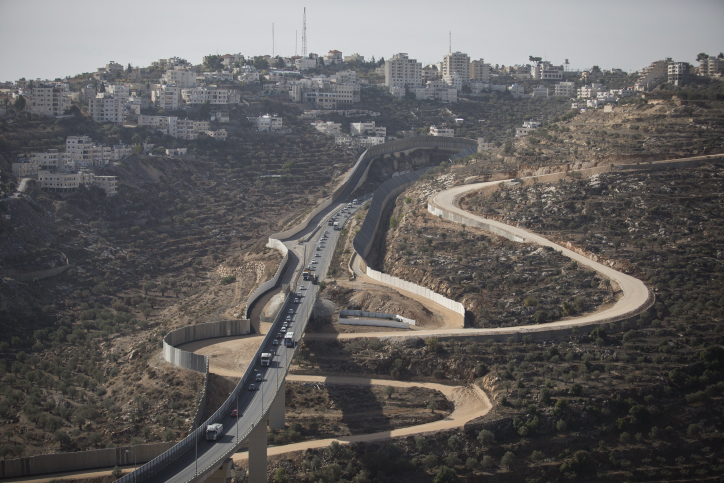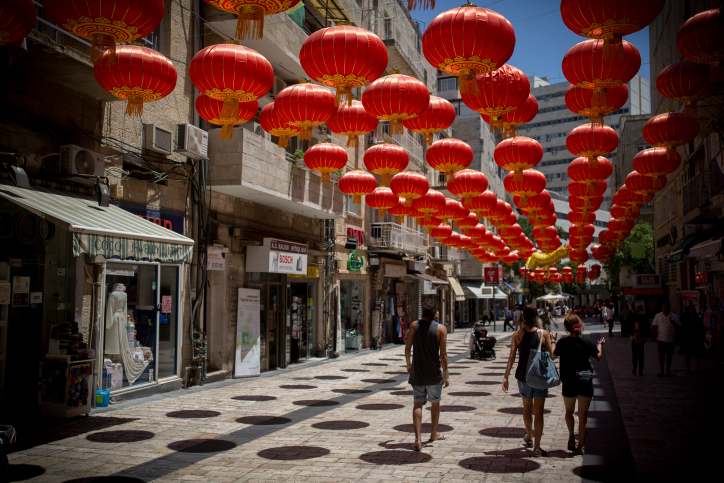For 50 years, the Israeli government has treated Jerusalem as a national symbol instead of as a city. Its residents, both Palestinians and Jews, are paying the price.
By Efrat Cohen-Bar

As far back as the 1970s, the Israeli government set a goal to maintain a Jewish majority of at least 70 percent in its “united” capital of Jerusalem. The goal was set more or less in accordance with the size of the various populations that lived within the new expanded municipal boundaries of the city, established at the end of the war in 1967. Thus, from the first days of the Israeli occupation of East Jerusalem, every effort was made to achieve this demographic dominance.
Since then, for the past 50 years, urban planning in Jerusalem has been used as a tool in the service of maintaining demographic levels. On the one hand that planning restricts the development of Palestinian villages and neighborhoods, all while promoting building in Israeli neighborhoods and settlements beyond the Green Line.
Despite all this, the State of Israel has failed to achieve its vaunted demographic goals in Jerusalem. Israeli Jews make up only 60 percent of the city’s population today. Whenever Israel’s control over Jerusalem is compromised the country goes into a hysteric state. So it should be no surprise that we are now seeing a number of new initiatives to alter the city’s boundaries meant to ensure Israeli demographic dominance.

An ever-expanding city
There are two new initiatives on the table at the moment. One of them aims to reduce the Palestinian population by separating from the Jerusalem municipality neighborhoods located on the eastern side of the separation barrier, and establishing a separate municipal authority for them. The second initiative focuses on increasing the relative size of the Israeli population by expanding the municipality’s jurisdiction over areas with large concentrations of settlers in the West Bank, in order to create an umbrella municipality. According to the second proposal, the residents of those settlements will maintain municipal autonomy through independent regional councils and would vote in two elections elections: one for a Jerusalem municipal council, and the other for members of their local council.
Spatially these two initiatives do not change a thing, since settlers from Ma’ale Adumim, Givat Ze’ev, and Gush Etzion will not move to Jerusalem, while the Palestinians of Kufr Aqab, Ras Khamis, and Shuafat refugee camp won’t leave it. Everyone, in fact, will remain in place. The Palestinian neighborhoods that are slated for “separation” from the city are already separated by the wall, and roads that connect those settlements to the city already exist.
These are initiatives whose spatial significance is ostensibly zero — symbolic gestures meant for municipal press releases in the run-up to next year’s Jerusalem Day.
And yet, there is still reason to worry, and those who need worry most are Jerusalem’s residents — those who love the city and want to keep living in it, be they Arab or Jewish. The two initiatives, and especially the one that seeks to turn Jerusalem into an umbrella municipality, are harmful to the status of all residents of the city. In every other city residents choose their representatives in a council in the hopes that they can have an influence and improve it. According to the proposal, Jerusalemites will be joined by those who neither live in the city nor share their same wants and needs.
The truth is that this time around, Israeli Jerusalemites have good reason to worry (Palestinians have long gotten used to a reality in which their voices aren’t heard). Moreover, the dismal situation in East Jerusalem can serve as an allegory for life in a city without any municipal influence — life in a place where foreign interests define your present and future.
A ‘national symbol’ at the expense of its residents
This isn’t the first time Jerusalem’s urban fabric has been sacrificed at the alter of the occupation. With the construction of the first neighborhood/settlements — Ramot, Gilo, Neve Yaakov, East Talpiot — immediately after the 1967 War, the city’s urban space was sacrificed for the sake of national goals. The new neighborhoods, all beyond the Green Line, were spread at the outer edges of the territories that were conquered, and were connected to the city in a way that engendered a large, sprawling city. Thousands of new housing units were built around large parking lots, with only wide roads connecting them to the city.

Even today, 40-50 years after they were built, these roads have not grown into streets, and the disconnected satellite neighborhoods were left bereft of all urban qualities. Jerusalem, in terms of its urban space, is still licking its wounds as a result of Israel’s national project.
The proposed umbrella municipality and granting double voting rights to settlers living around Jerusalem seriously harms the residents of the city. When the prime minister and members of Knesset speak about endlessly expanding Jerusalem, they are actually giving up on Jerusalem as an urban space — as a city. When they build and glorify Jerusalem as a symbol — a capital and world city, a Jewish-Israeli and “united” city — they are giving up on Jerusalem as a place where people actually live.
Efrat Cohen-Bar is a planner and architect with the Israeli NGO Bimkom. A version of this article first appeared in Hebrew on Local Call. Read it here.
